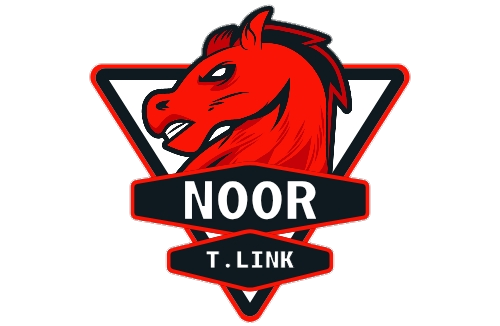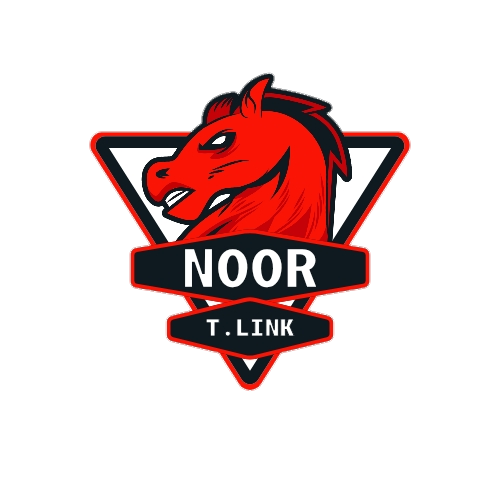Hooked Protocol, a decentralized Web3 platform focused on gamified social learning, has formed a strategic alliance with SFT Protocol, a decentralized physical infrastructure network (DePIN). This partnership represents a significant advancement in efforts to enhance Web3 adoption through real-world applications and scalable learning experiences.
Hooked Protocol specializes in providing tailored “Learn and Earn” experiences that aim to introduce users to Web3 in an engaging, interactive format. With over 10 million users already on board, it serves as a key player in spreading blockchain literacy. In contrast, SFT Protocol is designed to support DePIN applications by integrating edge computing, CDN services, and decentralized storage solutions into the Web3 ecosystem. Together, the two entities aim to address longstanding limitations of centralized systems while paving the way for mass adoption of decentralized technologies.
The core of this collaboration lies in Hooked Protocol’s integration of SFT’s decentralized infrastructure into its gamified learning environment. By doing so, the platform distributes its growing repository of educational content—including multimedia and computation-intensive components—across SFT’s DePIN network. This move is intended to eliminate the latency and centralization issues typically associated with traditional content delivery systems.
Through this enhanced architecture, users of Hooked Protocol can now engage in seamless learning experiences. The updated Hooked Alumni System enables practical interactions with Web3 functionalities, made possible by SFT’s decentralized data storage, delivery mechanisms, and computing capabilities. This ensures learners can go beyond theoretical knowledge by participating in real-time simulations and other dynamic experiences.
One illustrative scenario provided by the teams involves users uploading multimedia-based learning projects onto Hooked Protocol’s platform. Instead of depending on conventional servers, these files are fragmented, encrypted, and distributed across SFT’s decentralized storage network. The system then retrieves and assembles the data using its available nodes, enabling instant access to projects by other learners. Complex real-time tasks, such as simulations or collaborative activities, are processed using spare computing power from a distributed user base—delivering a fast, secure, and eco-friendly learning environment.
Say hello to @SFTProtocol— the newest powerhouse joining Hooked 2.0’s journey toward Web3 mastery! ⚡️
🔗Welcome SFT Protocol, the first fully generalized DePIN DAO, leading the charge with a “Chain of Chains” vision. By integrating storage,… pic.twitter.com/R90pRGBShe
— Hooked Protocol🪝 (@HookedProtocol) June 17, 2025
The broader significance of this collaboration lies in its effort to unify digital and physical realms. SFT Protocol’s infrastructure allows digital platforms like Hooked to deliver real-world functionality in a decentralized manner. This directly addresses a longstanding challenge in Web3: creating seamless connections between blockchain-based digital assets and their practical applications.
Moreover, Hooked Protocol’s large and engaged user base presents a strong pathway for broader Web3 adoption. With SFT’s technological support, Hooked is positioned to deliver a more robust, decentralized alternative to conventional online education. This not only makes Web3 experiences more scalable but also ensures they remain accessible and efficient.
The partnership also introduces a self-reinforcing system where users not only learn about blockchain but are also empowered to apply that knowledge in practical scenarios. While Hooked facilitates the education aspect, SFT provides the essential infrastructure needed to bridge learning with execution. This symbiotic setup encourages continued participation, fosters real-world engagement, and attracts a wider community to the decentralized landscape.
By aligning education with tangible utility, Hooked Protocol and SFT Protocol are jointly building a more practical and inclusive vision for Web3—one that is decentralized, user-driven, and grounded in real-world use cases.



